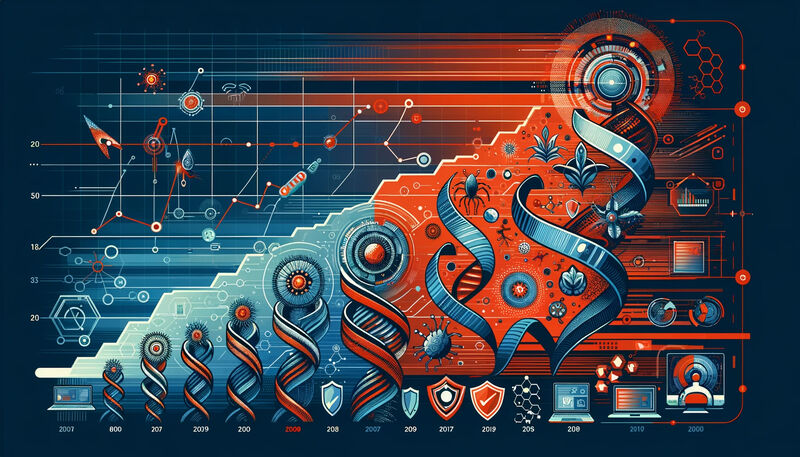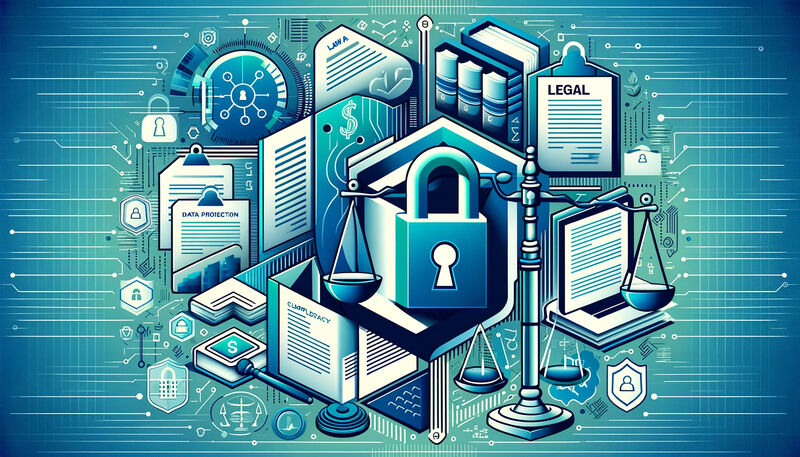The Evolution of Cyber Threats: Staying Ahead in a Constantly Changing Landscape

As technology advances, so do the methods and tactics employed by cybercriminals, making the digital landscape an ever-evolving battleground for cybersecurity professionals. This article explores the dynamic nature of cyber threats, tracing their evolution over time, and offering insights into how individuals and organizations can stay one step ahead in this relentless cybersecurity race.
Tracing the Evolution of Cyber Threats
From the early days of simple viruses to today's sophisticated ransomware, DDoS attacks, and state-sponsored hacking, cyber threats have evolved significantly. Understanding this evolution is key to anticipating and mitigating future risks.
The Role of Emerging Technologies
Technological advancements, while beneficial, often open new avenues for cyberattacks. The proliferation of IoT devices, the rise of AI and machine learning, and the advent of quantum computing present new challenges and opportunities for both defenders and attackers.
Staying Ahead of Cyber Threats
- Continuous Learning: Cybersecurity is a field where continuous education and awareness are crucial. Staying informed about the latest threat vectors and defense mechanisms is essential.
- Proactive Defense Strategies: Implementing proactive measures, such as threat hunting and predictive analytics, can help identify potential threats before they manifest.
- Collaboration and Information Sharing: Collaborating with other organizations and participating in information-sharing platforms can provide valuable insights into emerging threats and best practices for defense.
The Human Element
While technology plays a critical role in cybersecurity, the human element cannot be overlooked. Social engineering attacks exploit human psychology, emphasizing the need for comprehensive security training and a strong organizational culture of security.
Conclusion
The evolution of cyber threats is a testament to the relentless pace of change in the digital world. By fostering a culture of continuous learning, embracing proactive defense strategies, and recognizing the importance of the human element, individuals and organizations can navigate this ever-changing landscape with greater confidence and resilience.

